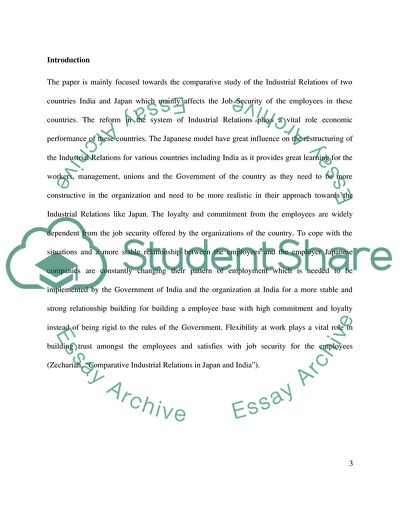Cite this document
(“Job Security in Relation to Japan and India Assignment - 1”, n.d.)
Job Security in Relation to Japan and India Assignment - 1. Retrieved from https://studentshare.org/human-resources/1756500-job-security-in-relation-to-japan-and-india
Job Security in Relation to Japan and India Assignment - 1. Retrieved from https://studentshare.org/human-resources/1756500-job-security-in-relation-to-japan-and-india
(Job Security in Relation to Japan and India Assignment - 1)
Job Security in Relation to Japan and India Assignment - 1. https://studentshare.org/human-resources/1756500-job-security-in-relation-to-japan-and-india.
Job Security in Relation to Japan and India Assignment - 1. https://studentshare.org/human-resources/1756500-job-security-in-relation-to-japan-and-india.
“Job Security in Relation to Japan and India Assignment - 1”, n.d. https://studentshare.org/human-resources/1756500-job-security-in-relation-to-japan-and-india.


